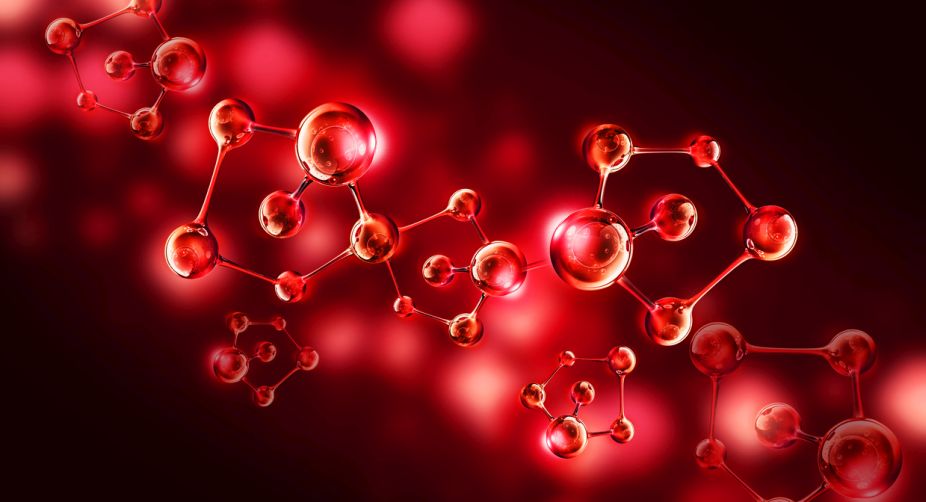Fire at Farakka Barrage causes traffic snarls
South Bengal and north Bengal transport operation was halted for several hours today following an incident of fire on a goods-laden truck near Gate 48 of the Farakka Barrage in Murshidabad, today

(Getty Images)
Scientists have developed a molecule that uses light or electricity to efficiently convert the greenhouse gas carbon dioxide into a carbon-neutral fuel source.
The molecule employs a nanographene complex to absorb light and drive the conversion of carbon dioxide to carbon monoxide, researchers said.
It is a "new milestone in the quest to recycle carbon dioxide in the Earth's atmosphere into carbon-neutral fuels and other materials," said Liang-shi Li, associate professor at Indiana University in the US.
Advertisement
"If you can create an efficient enough molecule for this reaction, it will produce energy that is free and storable in the form of fuels. This study is a major leap in that direction," said Li.
Burning fuel – such as carbon monoxide – produces carbon dioxide and releases energy. Turning carbon dioxide back into fuel requires at least the same amount of energy.
A major goal among scientists has been decreasing the excess energy needed.
This is exactly what Li's molecule achieves: requiring the least amount of energy reported thus far to drive the formation of carbon monoxide.
The molecule – a nanographene-rhenium complex connected via an organic compound known as bipyridine – triggers a highly efficient reaction that converts carbon dioxide to carbon monoxide.
The ability to efficiently and exclusively create carbon monoxide is significant due to the molecule's versatility.
"Carbon monoxide is an important raw material in a lot of industrial processes," Li said.
"It's also a way to store energy as a carbon-neutral fuel since you're not putting any more carbon back into the atmosphere than you already removed. You're simply re-releasing the solar power you used to make it," he said.
The secret to the molecule's efficiency is nanographene – a nanometre-scale piece of graphite, a common form of carbon – because the material's dark colour absorbs a large amount of sunlight.
Li said that bipyridine-metal complexes have long been studied to reduce carbon dioxide to carbon monoxide with sunlight.
However, these molecules can use only a tiny sliver of the light in sunlight, primarily in the ultraviolet range, which is invisible to the naked eye.
In contrast, the new molecule takes advantage of the light-absorbing power of nanographene to create a reaction that uses sunlight in the wavelength up to 600 nanometres – a large portion of the visible light spectrum.
The research was published in the Journal of the American Chemical Society.
Advertisement